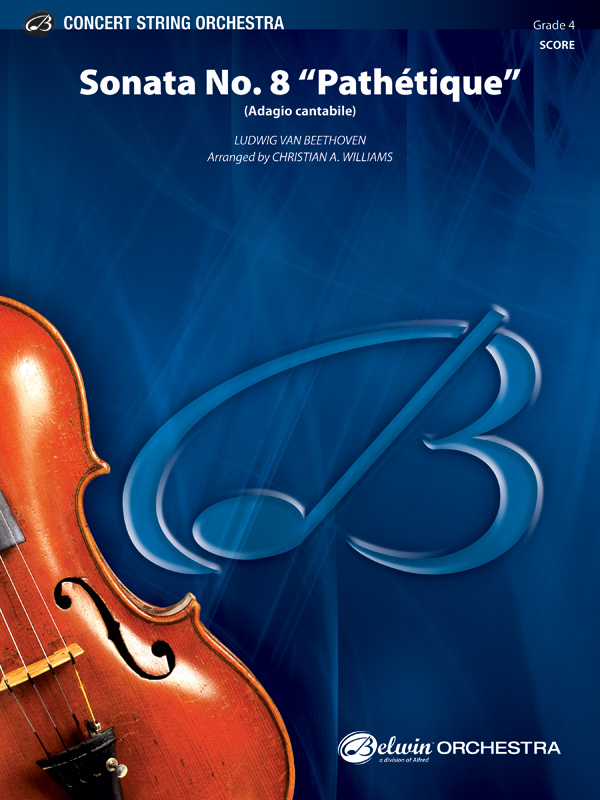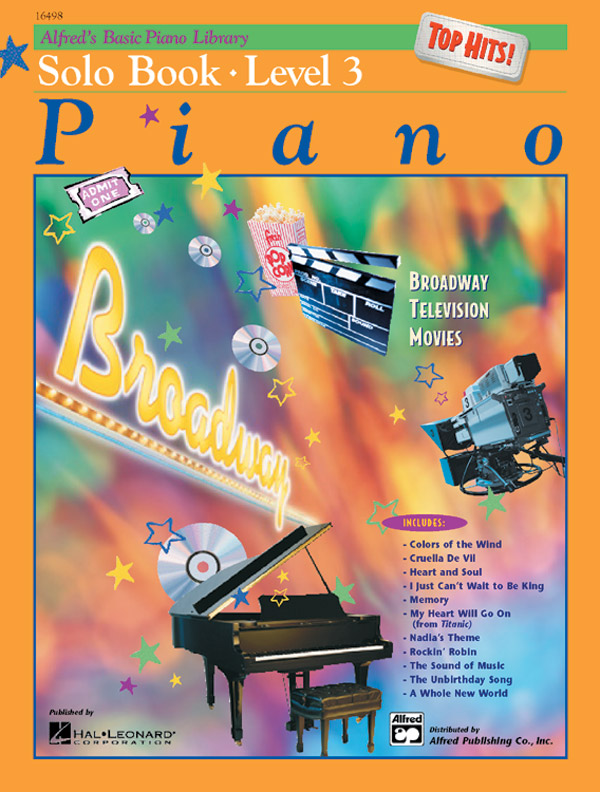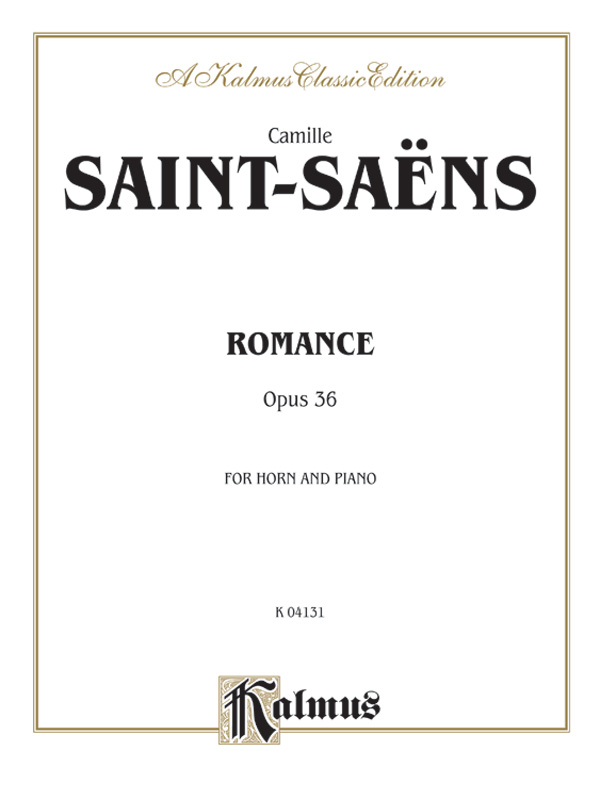-

Samson and Delilah, Op. 47: Danse Bacchanale (Samson et Dalila)
By Camille Saint-Saëns / arr. Nancy Bradburn, Clinton Nieweg
£123.0036-A198202
SAMSON AND DELILAH, originally conceived as an oratoria due to Saint-Saëns' admiration such works by Handel and Mendelssohn, was converted to an opera when the composer was convinced by a family member to abandon the less-used oratoria, designed to stage works with biblical themes, in favor of the more common and contemporary secular form. While composition began in 1867, consistent rejection by the French music world of any biblical stories used as a libretto caused numerous delays and spurts of abandonment of the project by the Saint-Saëns. And when the work was completed in 1876, the 1877 premiere in Weimar was only able to take place due to the support of Franz Liszt. Further interest around the world, including France, finally started to grow in the 1890s, leaving SAMSON AND DELILAH Saint-Saëns most performed opera today. The “Danse Bacchanale,” which takes place in Scene 2 of the third act, plays after Samson has been betrayed by Delilah and apprehended by his enemies, the Philistines. The Philistines plan a sacrifice to their god Dagon, and the temple priests dance wildly to this savage “Bacchanale” as preparation. This version has been newly engraved and edited by Clinton Nieweg and Nancy Bradburd. Instrumentation: 2+Picc.2+EH.2+BCl.2+CBsn: 4.2+2Crt.3.1: Timp.Perc(3or4): Hp: Str (9-8-7-6-5). Learn More -

Fantasia and Fugue in C Minor, BWV 537
By Johann Sebastian Bach / scored for wind band by Donald Hunsberger
£169.0000-DH9701
This work, originally written for organ, was the initial offering in the DHWL. The organ and the contemporary wind band share numerous timbre and sound projection properties as well as sharing philosophy and technique in organ registrations and in wind orchestration. Hunsberger, whose instrumentation closely follows concepts of organ registration, has created unique timbres and tonal couplings in the wind and brass sections throughout. Learn More -

Night on Bald Mountain, Critical Edition
By Modest Mussorgsky / arr. Carl Simpson
£145.0036-M984990
-

Carmen Suite No. 1
By Georges Bizet / arr. Ernest Guiraud, Fritz Hoffmann
£119.0036-A118702
Ernest Guiraud (1837-1892) was a colleague and good friend of Bizet's. After Bizet's death, he composed the recitatives still commonly used in Carmen. Between 1880 and 1882, he compiled two orchestral suites from this opera, each in five movements, for Choudens, Bizet's publisher. The first of these two suites included the Prelude, Aragonaise, Intermezzo, Les Dragons d 'Alcala and a Final (Les Toreadors). In this first suite, Guiraud stayed fairly close to Bizet's original orchestration. The present edition seeks to be even more faithful to Bizet's scoring. Around 1906, the German composer-conductor Fritz Hoffmann (1873-19xx) arranged the Séguidille for orchestra, for inclusion in a publication of the Suite by a German publisher. This arrangement has also been included in this suite. Learn More -
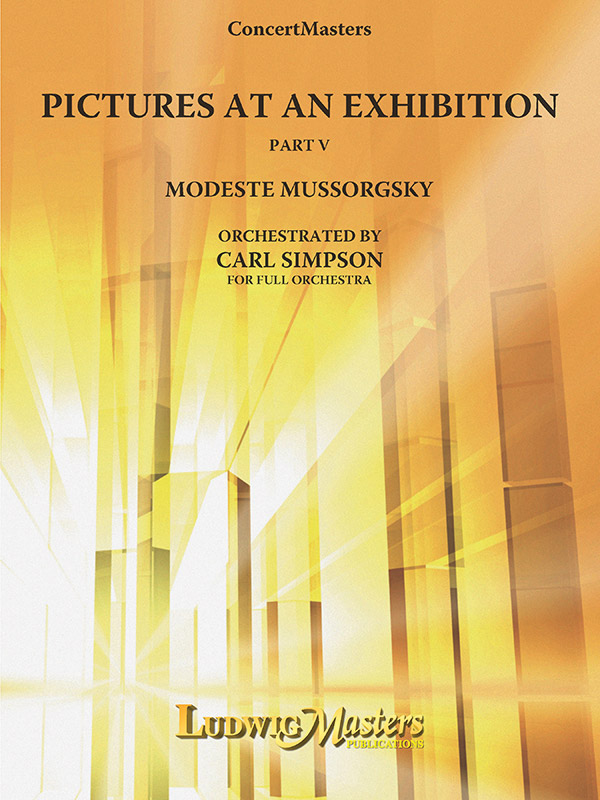
Pictures at an Exhibition, Part 5
By Modest Mussorgsky / arr. Carl Simpson
£124.0036-M983090
This orchestration, which is completely original, is primarily based on the autograph manuscript. In accordance with the purpose of the ConcertMasters orchestra series, the orchestra size has been kept small. The only departures from Mussorgsky's original score are the transposition of the entire work up a whole step, simplification of a 16th-note sextuplet accompaniment in "The Hut on Chicken Legs," and selective omission of the "attacca" indications that are found at the end of each Promenade section. Movements: 15. The Hut on Chicken Legs (Baba-Yaga) 16. The Knight's Gate in the Old Capital, Kiev (The Great Gate of Kiev). Instrumentation: 2+Picc.2.2+BCl.2: 4.3.3.1: Timp.Perc)4): Str(9-8-7-6-5). Learn More -

Symphony No. 2 in E minor, Op. 27
By Sergei Rachmaninoff, ed./ arr. Clinton Nieweg/ Christopher Morgan
£124.0036-A190101
The premiere of Rachmaninoff’s Symphony No. 2 was conducted by the composer himself in Saint Petersburg on February 8, 1908. The score is dedicated to Sergei Taneyev, a Russian composer, teacher, theorist, author, and pupil of Tchaikovsky. Alongside his Piano Concertos Nos. 2 and 3, this work remains one of the composer’s best known compositions. Learn More -
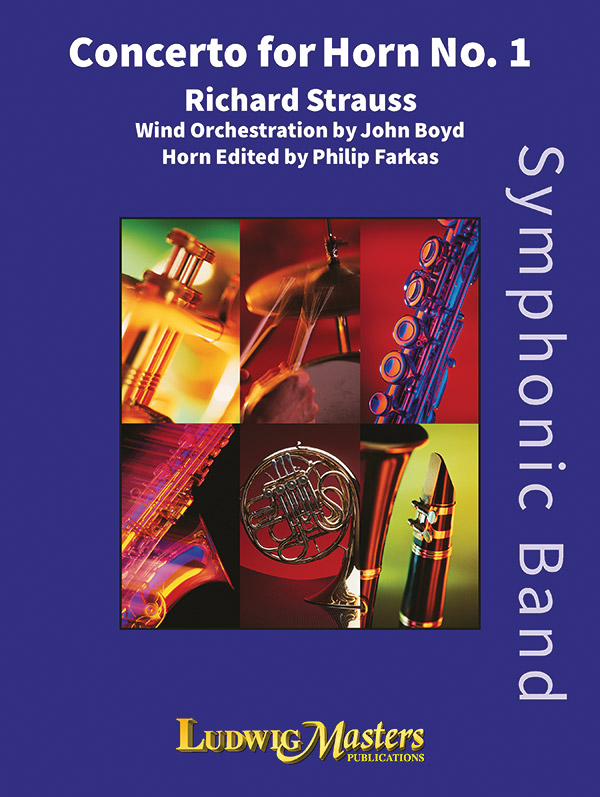
Concerto for Horn No. 1 (band accompaniment)
By Richard Strauss / arr. John Boyd, Philip Farkas
£112.0036-10160248
This classic work for horn and orchestra has been faithfully crafted for horn soloist (horn part edited by Philip Farkas) and band by John Boyd. More than just a vehicle for the soloist, it also allows ample opportunities for ensemble players to display their musicianship. Also available with piano accompaniment at 10520429. Learn More -

Quartets
By Roger Cichy
£133.0036-50100076
Fourteen quartets of various instrumentations are featured in this exciting and vibrant work. The work varies both mood and texture, all the while moving forward with urgent rhythms and compelling harmonic and melodic drive. This is Roger Cichy at his best. Learn More -

-

Symphony No. 1 in C, Op. 21
By Ludwig van Beethoven
£133.0036-A125302
Honoring Mozart and Haydn, Beethoven’s First Symphony is a relatively conservative work from an otherwise bold composer. Despite its classical scoring and form, the symphony is uniquely Beethoven, with characteristic sforzandi, sudden shifts in tonal centers, and a prominent use of winds. Beethoven began his first sketches for a symphony in C Major in 1795, but soon thereafter turned his attention to composing works for piano. Sketches for the finale were found in the counterpoint exercises Beethoven wrote while studying with Georg Albrechtsberger in 1797, but it was not until 1799, a year after completing the Pathétique Sonata, that Beethoven fully turned his attention to composing his First Symphony. He completed the work in early 1800 and conducted the first performance on April 2nd of that year at the Burgtheater in Vienna. Also included in the program was an unidentified Mozart symphony and selections from Haydn’s The Creation, Beethoven’s Septet, Op. 20, and an unidentified piano concerto performed and composed by Beethoven. The Allegemeine Musikalische Zeitung reported “this was the most interesting concert in a very long time.” Instrumentation in set: 2.2.2.2: 2.2.0.0: Timp: Str(9.8.7.6.5). Learn More





